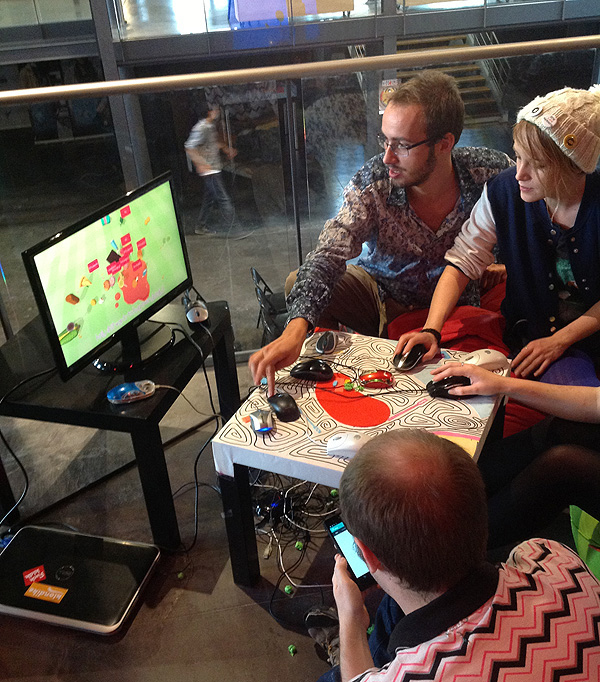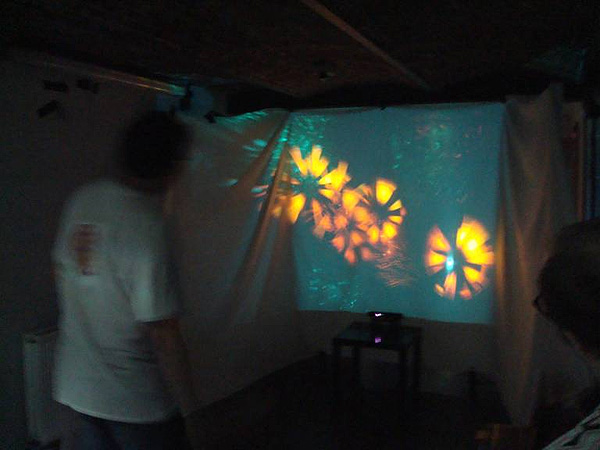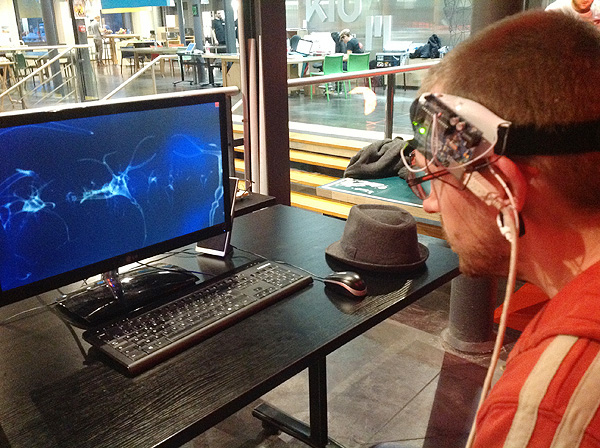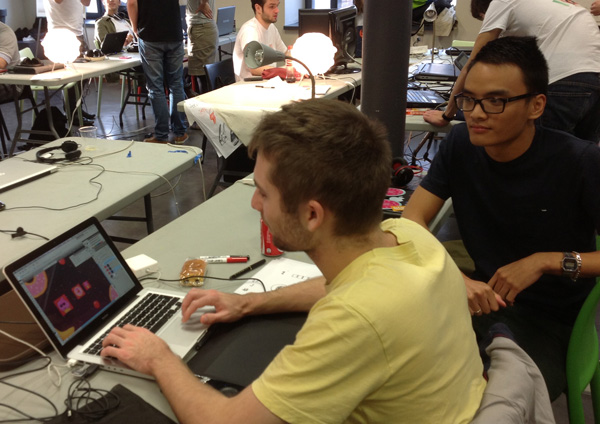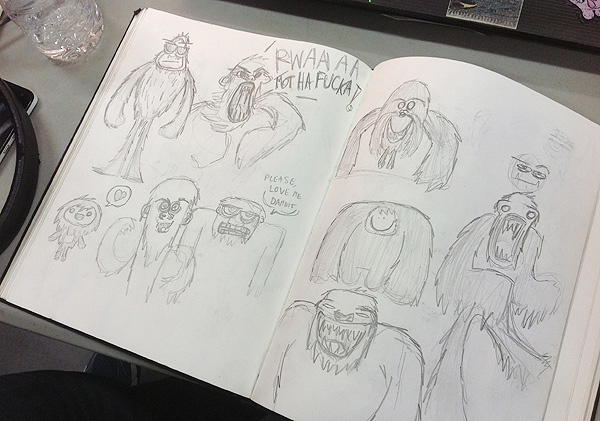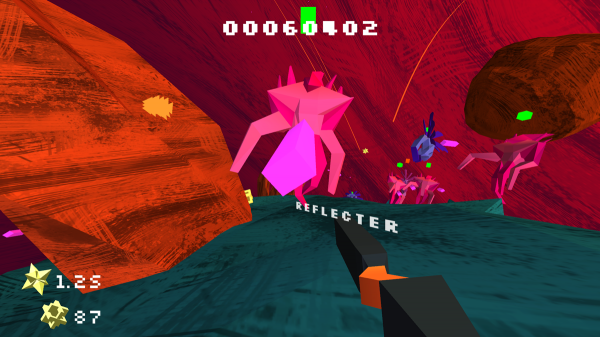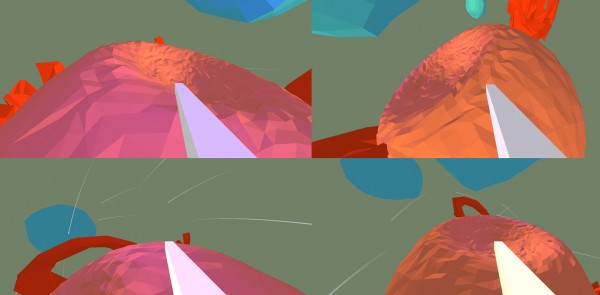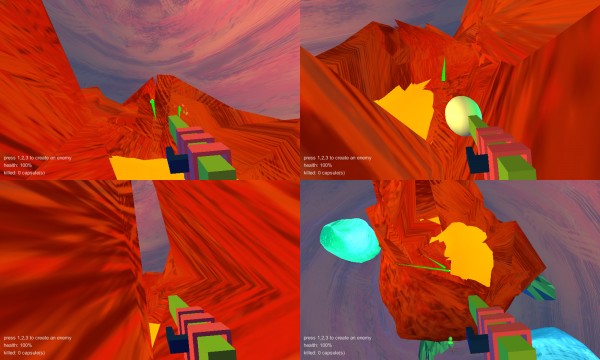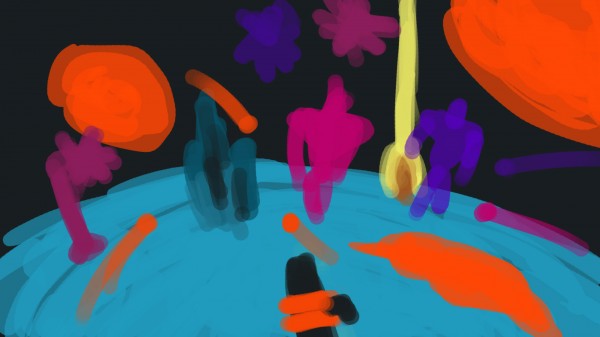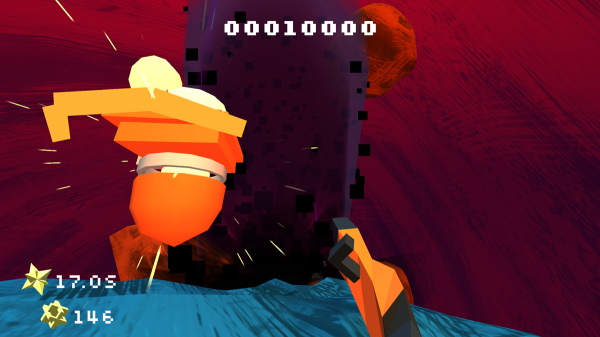This was originally a quick and dirty talk I held in 2014 at our Global Game Jam location in Leipzig, Germany. I wanted to give the audience (mostly students, a lot of them without experience in the art of game jam) an impression on what is possible during a game jam even when you're alone and have to do stuff from scratch; so I showed them the last five Ludum Dare compo winners, which means each of them got the first place in the "Overall" category. The talk would conclude with some best practices, at least in my opinion.
As most of you probably know, Ludum Dare is an online game jam held several times in the year, with the big versions always commencing in April, August and December. Thousands of participants make a game in 48 hours each time, and a lot of them also are part of the quite active community surrounding the jam. Everybody who joins can be sure to get feedback and answers via the blog on ludumdare.com, and via the IRC channel #ludumdare on AfterNET. And don't forget that for three weeks afterwards, every participant can rate all the others' games, so the brutal final ratings for each category (e.g. Graphics, Fun, Mood) are there for the whole world to see. With the high numbers of entries, winning the competition may sound nearly impossible. So let's take a look at some of those who actually did it!
Ludum Dare 24 – Theme: Evolution
Evoland is a Zelda-like with a funny idea implemented well. It has a lot of chests – in each chest you find a feature that hauls the game to the next step of videogame evolution. At first you can only walk right, but you get the ability to walk left soon. After that, you can walk north and south, how cool is that! Scrolling! Colors! Sounds! Weapons! Nicolas Cannasse broke down a pretty standard Zelda clone into its most minimal parts, used those parts to let the player explore them, and made a unique game this way. (Later on he even extended the game and you can now buy it on Steam.)
As a game jam game Evoland is very ambitious and I couldn't believe that it was made in 48 hours. I assume Nicolas had the idea and concept very early in the process, and using a programming language he invented himself might have given him a good headstart.
Ludum Dare 25 – Theme: You Are The Villain
Atomic Creep Spawner!! reminds me a bit of Dungeon Keeper, although you can only do a fraction of what is possible in that game. A pompous knight is raiding your very own dungeon, stealing your money and destroying your orbs, and you have to stop him by spawning a lot of monsters. You create those hordes of zombies and ghosts via simple clicks on the floor, and they find their own way (more or less) to the rampaging knight. A fair bit of AI must have been programmed for this game.
Made by Sébastien Bénard (known as deepnight, one of the most successful Ludum Darers!), Atomic Creep Spawner features great humor and amazing pixel art. Sébastien even found time to include a tutorial at the beginning. What the game lacks in interactivity it makes more than up with polish and love for details.
Ludum Dare 26 – Theme: Minimalism
MONO implements the theme via its graphical style (which looks simplicistic, but is actually very well done), but most certainly not via the gameplay. While at first glance it seems to be a minimalistic game in every sense – you navigate a small sphere through a world of rectangles – the levels soon become more and more diverse, which is what keeps the game interesting. This is a nice trick you can learn from: make a game with only some basic functionality, and if you have the time, add another level with new elements and mechanics inside it – rinse, repeat.
Tim Hantel managed to make a neat dexterity puzzle game with a lot of atmosphere, mostly by adding a fitting soundscape. The gameplay mechanics sometimes make the game a bit frustrating (you die by touching a wall already), but in general the player's death is a forgivable experience: you spawn instantly at the level start again. An important lesson I think.
Ludum Dare 27 – Theme: 10 Seconds
PROBE TEAM could easily be part of the Ludum Dare before – it uses one single color only, enhanced by some cool looking post effects. While I never liked the theme in itself, because I always felt that it would cripple gameplay concepts instead of fertilize them, Andrew Shouldice actually made an interesting type of exploration game out of it. You start little probes which have 10 seconds of fuel each (so be economical with your commands), lead them through some kind of maze and activate triggers to open doors. It feels a bit repetitive, but the moody atmosphere absolutely helps to tolerate and even enjoy it.
Ludum Dare 28 – Theme: You Only Get One
One Take by Daniël Haazen is a great example for an unusual idea creating a whole new experience. You play as a camera operator taking one continuous take from a movie scene, and all you do is following orders from a film director in the form of short sentences, like "Zoom in on the sheriff" or "Go back to the guy in the alley". The scenes are a bit animated (while most of the action comes from yourself) and actually feel like small movies – already worth an honorable mention in my opinion. The cherry on top are the pixelated newspapers after each level, including reviews about the 'movie' and your performance.
Learnings
So what can we learn from these great examples of Ludum Dare rapid game development, for our own jam games?
- Make something simple. All the mentioned games concentrate on a single idea. Be it spawning monsters in a dungeon or moving a small sphere around obstacles – important is to focus the game's concept on one aspect and not trying to add more and more features. Of course, this implies you actually have a nice idea that can be played barebone and that you like.
- Be inspired by the theme. This one surprised me a bit, probably because more often than not the theme of a jam hinders instead of helps me. But all the winners above are very close to the theme, and that must tell something, probably about inspiration.
- Think in two dimensions. Although one of the games uses Unity, all of them are 2D games, varying from totally abstract to concrete pixel art. I don't know exactly why that is, but there is probably more than one factor why jam games prefer to be 2D. My guesses are: the game is simpler to make, the graphics look better while being less work, there are a lot of premade frameworks, and you get a nostalgia bonus.
- Use a framework. The Ludum Dare rules state that you must make your game from scratch, but it is allowed to use libraries, tools and engines that were already made by you or others. So use them! The winners from above utilized Haxe (compiled to Flash), Java with libgdx, Unity and LÖVE. Three of these games were playable in the browser (with plugins), which might also be a small factor adding to their successes. Remember that Ludum Dare's winner are determined by people who have to play thousands of other entries, too – the less problems they have to play your game, the more likely they will play it.
- Generally you should try to make your game as accessible as possible. Deepnight's winning game Atomic Creep Spawner includes a tutorial, but you don't always have to go this far. Just don't innovate where it isn't needed, and explain things when they come up for the first time, be it via text or picture (better yet, force the user to play it to understand it).
- The last learning for now is somewhat vague, as the games tackle this very differently. Some of them use a lot of humor, via little comments from the characters for example, others are pretty atmospheric, often thanks to their great use of sound. What we can take away from this is: don't shy away from trying to evoke emotions in the player. It seems the humoristic way is a bit easier than the one with the dark mood and the feels. Speak to the player, or let them explore interesting places. Give them reasons to attach to your game!
Conclusion
Making a game in 48 hours is hard, winning Ludum Dare is even harder. But if you look at the above examples you see it's not impossible! Sure, you need to know your tools in and out – the Ludum Dare Top 10 isn't the place for learning a new programming language. (This could be a bonus learning.) Just keep in mind to have fun and make something worth playing. Everything else comes afterwards.
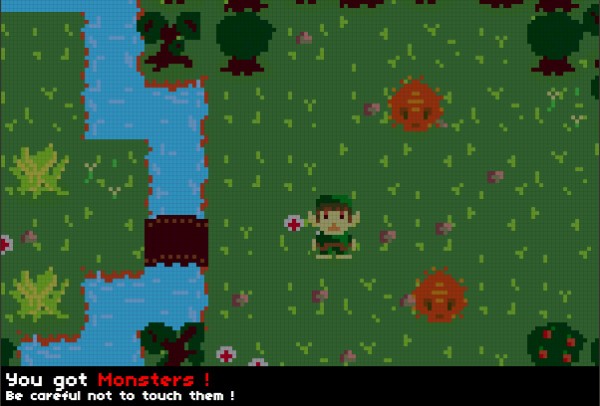
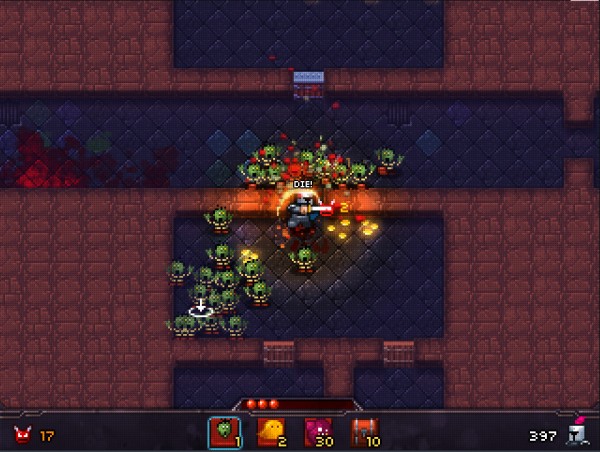
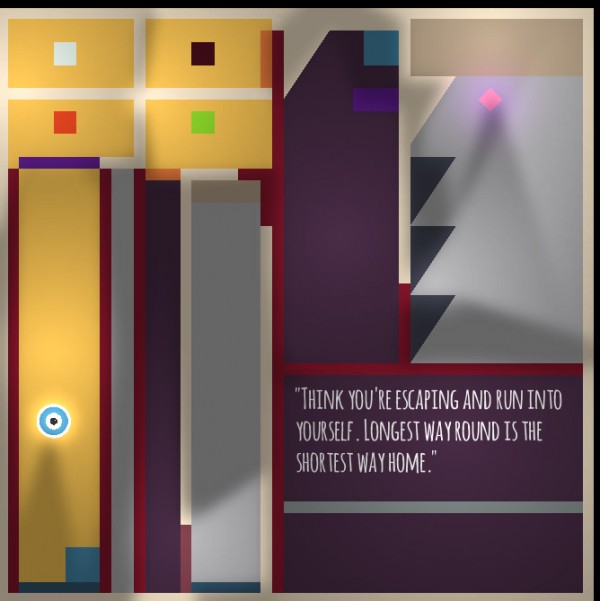
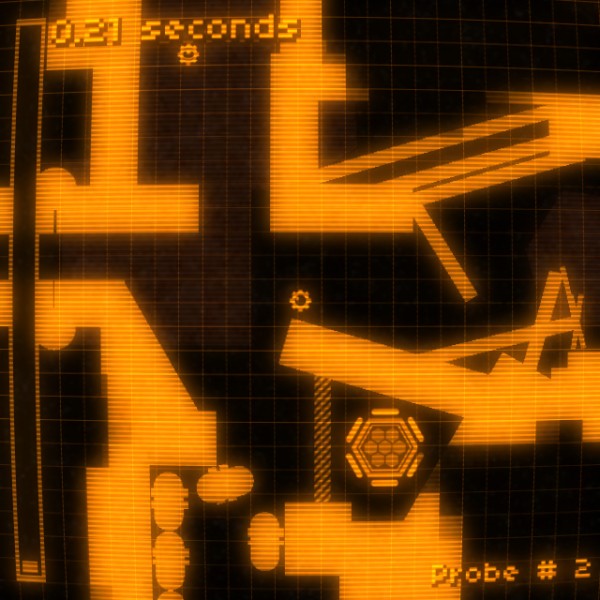
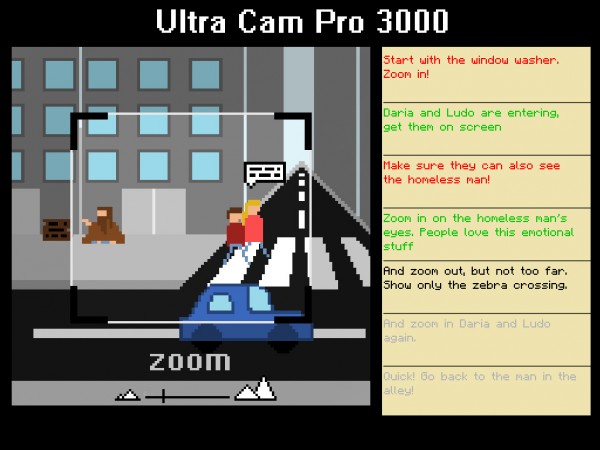
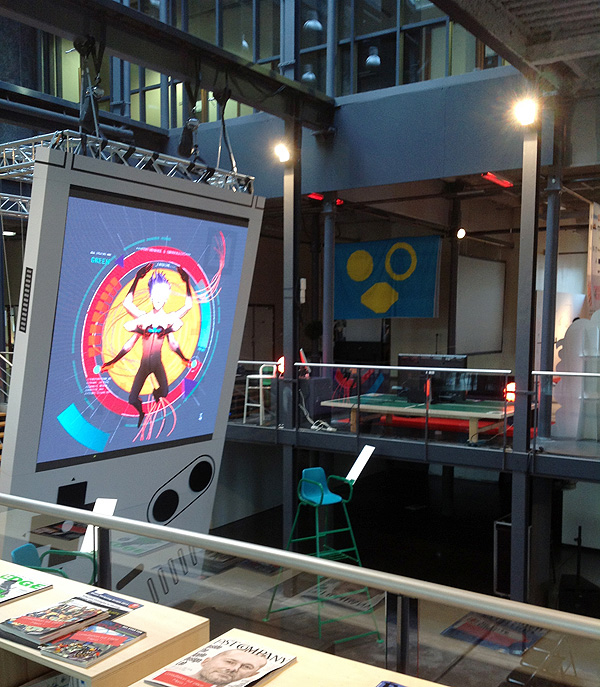
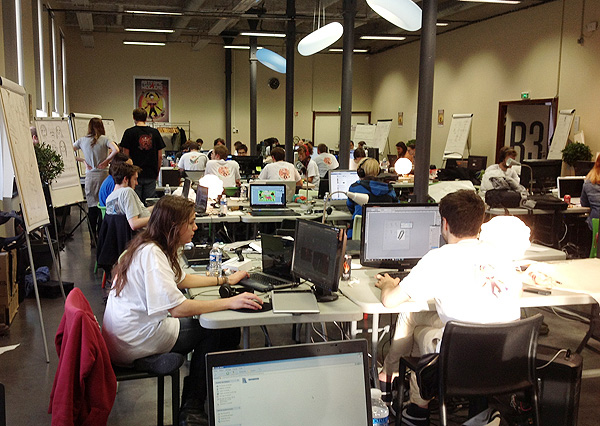
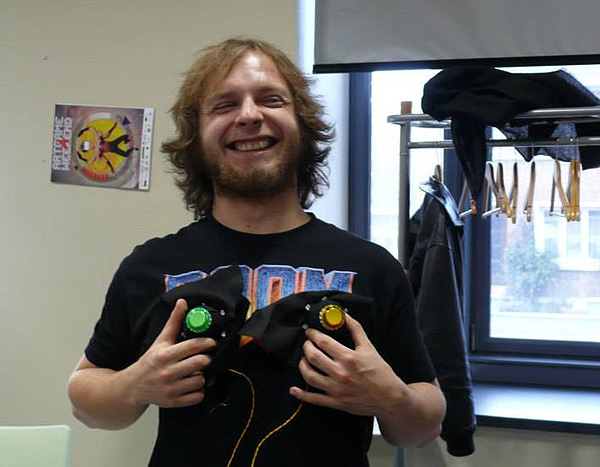
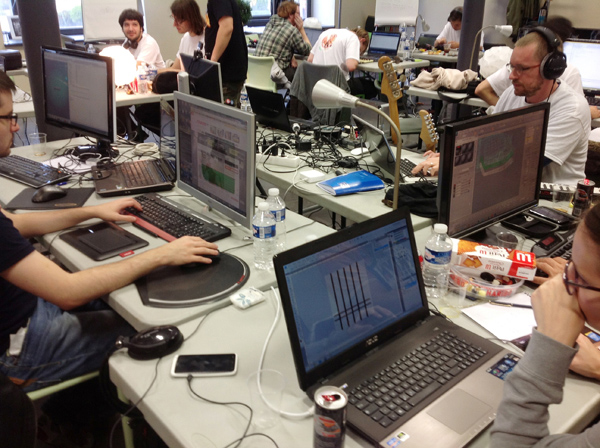
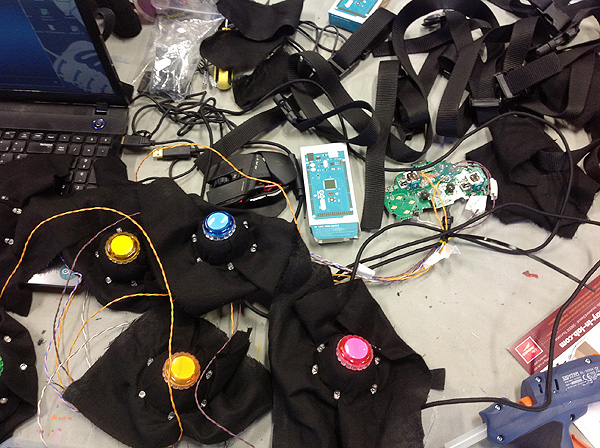
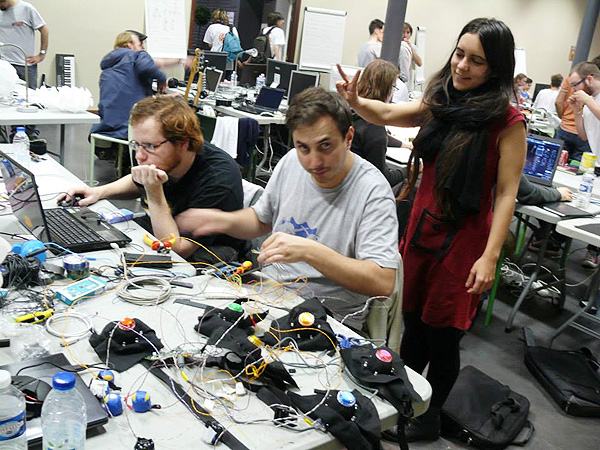
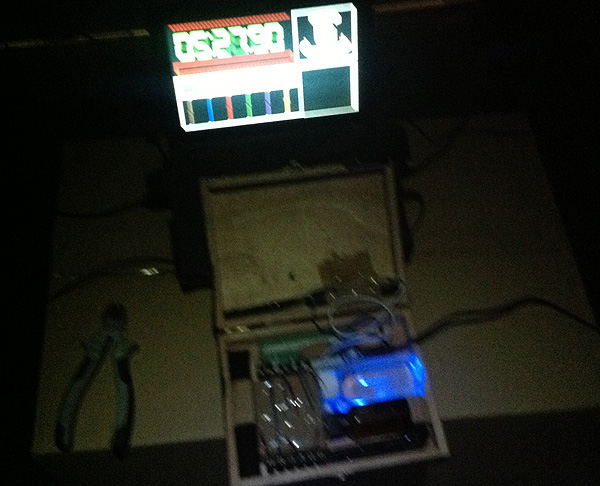
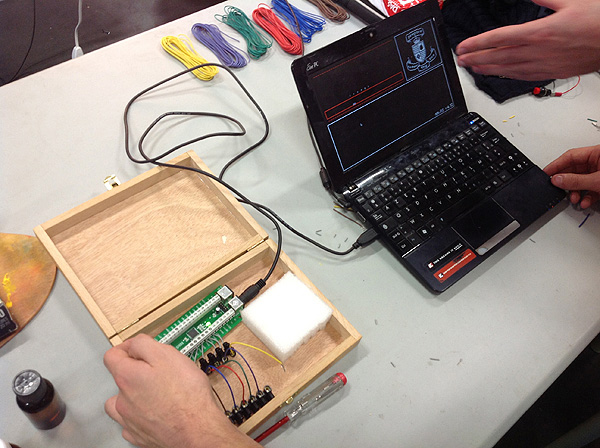 3. Prepare to meet thy god When the last Ludum Dare asked for games themed “10 seconds” how many bomb defusing games did we see? This team had the same idea for the controller, but believe me: Defusing a bomb on a screen and actually sitting fully dressed with glasses, gas mask and suit in front of a box with cables, bottles and blinking lights alone in a room with just a tool to cut these cables: such a difference! From outside we could watch the contestants via webcam, which added an extra creepy real-life level to the game. Guys, your game was a blast!
3. Prepare to meet thy god When the last Ludum Dare asked for games themed “10 seconds” how many bomb defusing games did we see? This team had the same idea for the controller, but believe me: Defusing a bomb on a screen and actually sitting fully dressed with glasses, gas mask and suit in front of a box with cables, bottles and blinking lights alone in a room with just a tool to cut these cables: such a difference! From outside we could watch the contestants via webcam, which added an extra creepy real-life level to the game. Guys, your game was a blast! 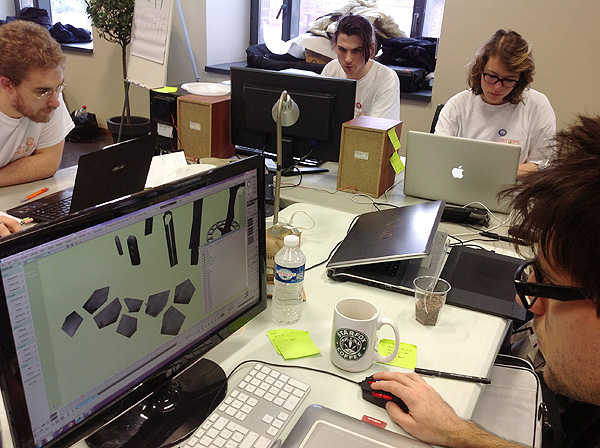
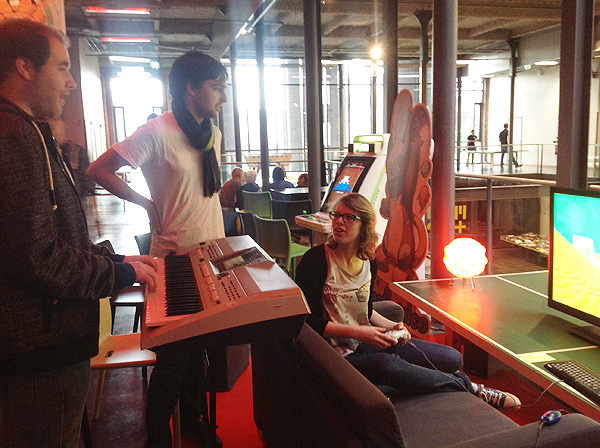 4. Keyboard Mandala In this two-player game you start in an empty, lifeless desert. One player has a controller to move around, while the other does magic with a keyboard. With every key played you can create a huge variety of objects from huge buildings, bridges, fountains to tiny groups of ants. And stones, stones, stones to irritate the other player. I could have played this one for hours! Either you play it to create worlds with your songs or to find out what the creators did hide behind every key. This game is pure magic!
4. Keyboard Mandala In this two-player game you start in an empty, lifeless desert. One player has a controller to move around, while the other does magic with a keyboard. With every key played you can create a huge variety of objects from huge buildings, bridges, fountains to tiny groups of ants. And stones, stones, stones to irritate the other player. I could have played this one for hours! Either you play it to create worlds with your songs or to find out what the creators did hide behind every key. This game is pure magic! 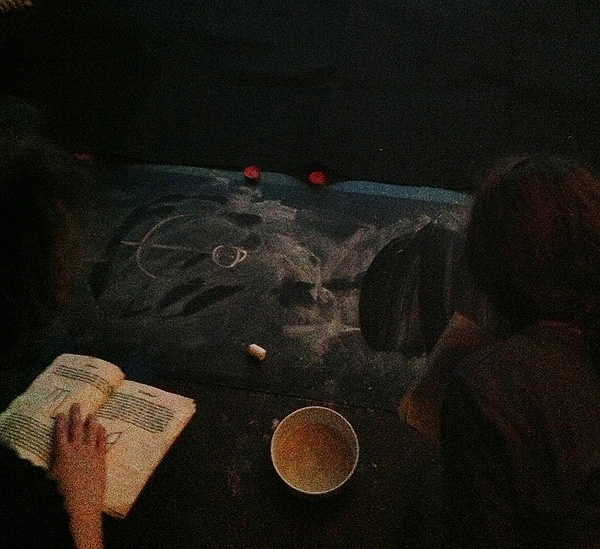 5. Necronomicon Forget Harry Potter! You can be a witch (or witcher ;)) in this game yourself! Just take the Necronomicon and draw the ancient ritual signs on the black board to summon powerful creatures that fight against the other player's demons. What made this game especially atmospheric was the dark cellar vault where it took place at. One of the team members sat in the corner, dressed black with red-stained hands (of course it was blood!). Red lights and the foul-smelling sponge added an extra dark flavour.
5. Necronomicon Forget Harry Potter! You can be a witch (or witcher ;)) in this game yourself! Just take the Necronomicon and draw the ancient ritual signs on the black board to summon powerful creatures that fight against the other player's demons. What made this game especially atmospheric was the dark cellar vault where it took place at. One of the team members sat in the corner, dressed black with red-stained hands (of course it was blood!). Red lights and the foul-smelling sponge added an extra dark flavour.